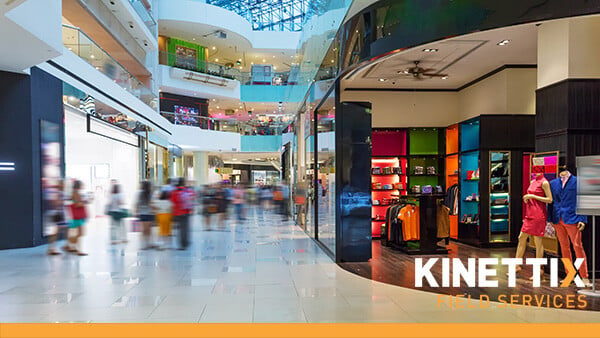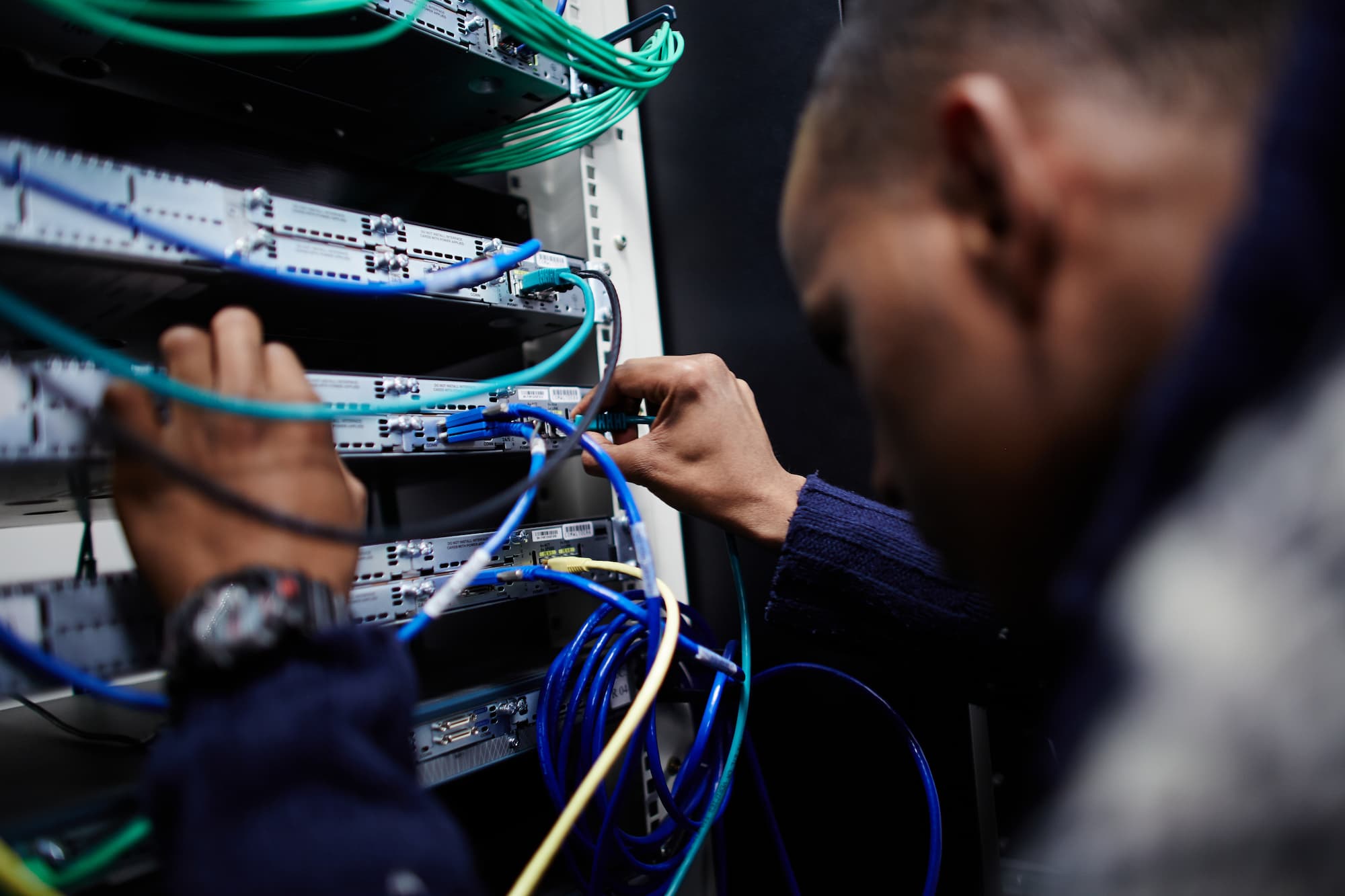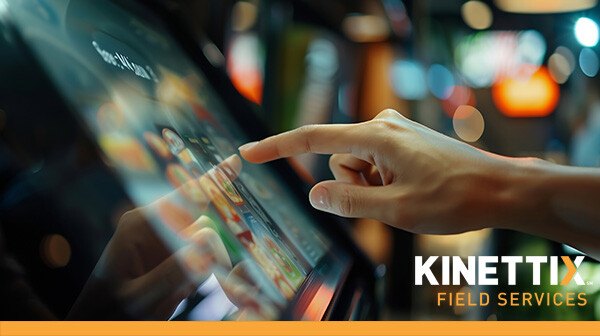The retail environment has witnessed an explosion of in-store IT devices over the past few years, driven by the need for businesses to enhance operational efficiency and customer engagement. Devices such as mobile point-of-sale (mPOS) systems, digital signage, inventory management tablets, and customer relationship management (CRM) tools have become essential components of modern retail operations. These technologies allow retailers to streamline processes, manage inventory in real-time, and provide personalized customer experiences. As a result, businesses that leverage these IT devices can respond more quickly to market trends and consumer demands, leading to increased sales and customer satisfaction.
Staying competitive in the retail market today requires an investment in advanced IT solutions and devices, but these solutions come with a significant challenge. Without careful planning, the implementation of new technologies often requires downtime, which can disrupt daily business activities and negatively impact customer service. The tightrope that must be walked is aggressively leveraging the latest technology without disrupting store operations. The balancing act requires a well-thought-out strategy that minimizes interruptions. But, with the right strategy and the right partners, this tightrope can be walked in a way that ensures that the transition is smooth and does not alienate customers or hinder sales.
Here are the essential components of this strategy.
Development of a Strategic Plan
Before implementing any Retail IT Solutions, it is essential to develop a strategic plan. This plan should include:
- Assessment of Current Systems: Evaluate your existing technology infrastructure to understand what is working and what needs improvement. This assessment will help identify gaps that new solutions can fill.
- Clear Objectives: Define what you want to achieve with the new IT solutions. Whether it's improving customer service, increasing sales, or enhancing inventory management, having clear objectives will guide your implementation process.
- Budget Considerations: Determine how much you are willing to invest in these solutions. A well-defined budget will help prioritize which IT solutions to implement first and ensure you do not overspend.
- Timeline for Implementation: Establish a realistic timeline for the integration process. This timeline should consider the complexity of the solutions being implemented and the potential need for staff training.
Engaging Stakeholders
Engagement with key stakeholders is vital for successful implementation. This includes not only IT staff but also employees who will use the new systems. Here’s how to involve them:
- Feedback and Input: Gather feedback from employees on their needs and pain points. This input will help tailor the solutions to better fit their daily operations.
- Training Sessions: Organize comprehensive training sessions for employees to ensure they are comfortable using the new systems. This will not only minimize disruption but also enhance productivity.
- Change Management: Implement a change management strategy to help employees adapt to new technologies. This might include ongoing support and resources to address any challenges they encounter.
Pilot First Then Implement at Full Scale
Any project comes with surprises and unexpected obstacles. Utilizing pilot sites to test the installation of retail IT systems is crucial for retail providers aiming to mitigate risks associated with widespread implementation. By selecting a few locations to serve as test environments, retailers can evaluate the performance of the new systems in real-world conditions before committing to a full-scale rollout. This approach allows IT installers to learn the installation process firsthand, understand unexpected obstacles that might surface, and refine their strategies accordingly. As a result, this pilot process leads to a smoother transition when expanding to additional locations, ensuring that the new systems are installed efficiently and within the desired timeframe.
Leveraging IT Field Services
Partnering with IT field service providers like Kinettix can significantly ease the burden of implementing Retail IT Solutions. We can help ensure a smooth transition through:
- Expert Installation: Our professional technicians can manage the installation of a wide variety of brands and devices, ensuring they are set up correctly and efficiently.
- Overnight Service: Our technicians and coordinators work on a 24/7 basis. We can install and configure your devices after hours, so your business is not disrupted.
- Ongoing Support: Our team provides on-demand maintenance and break/fix services, allowing your internal team to focus on core business functions.
- Scalability: As your retail operations grow, IT field services can help you scale your IT solutions without additional strain on your resources.
Implementing a strategy that minimizes operational disruptions and your new IT devices are successfully installed with minimal disruption to your business. Kinettix can play a pivotal role in this process by providing expert IT field services, including professional installation and ongoing support.





